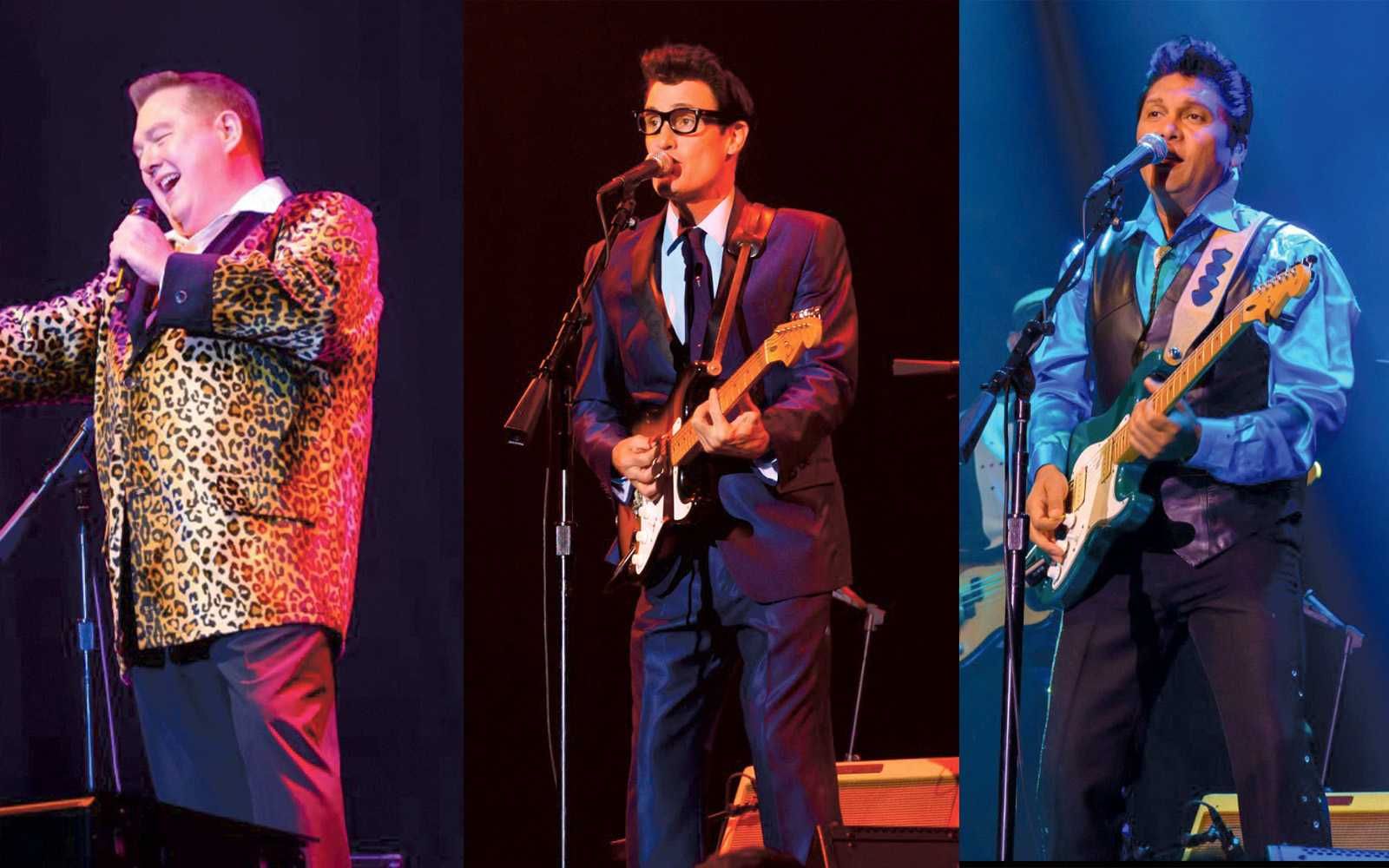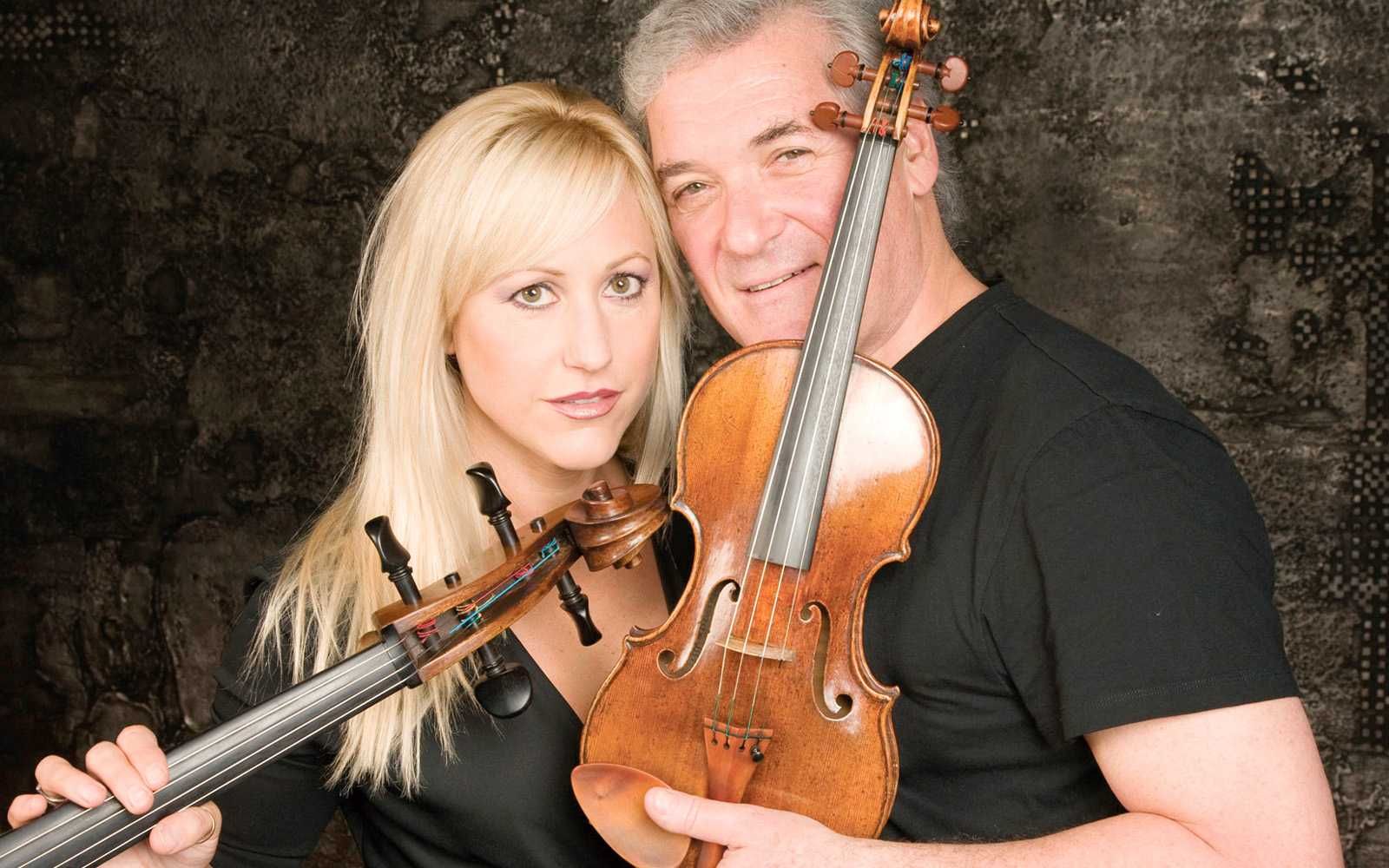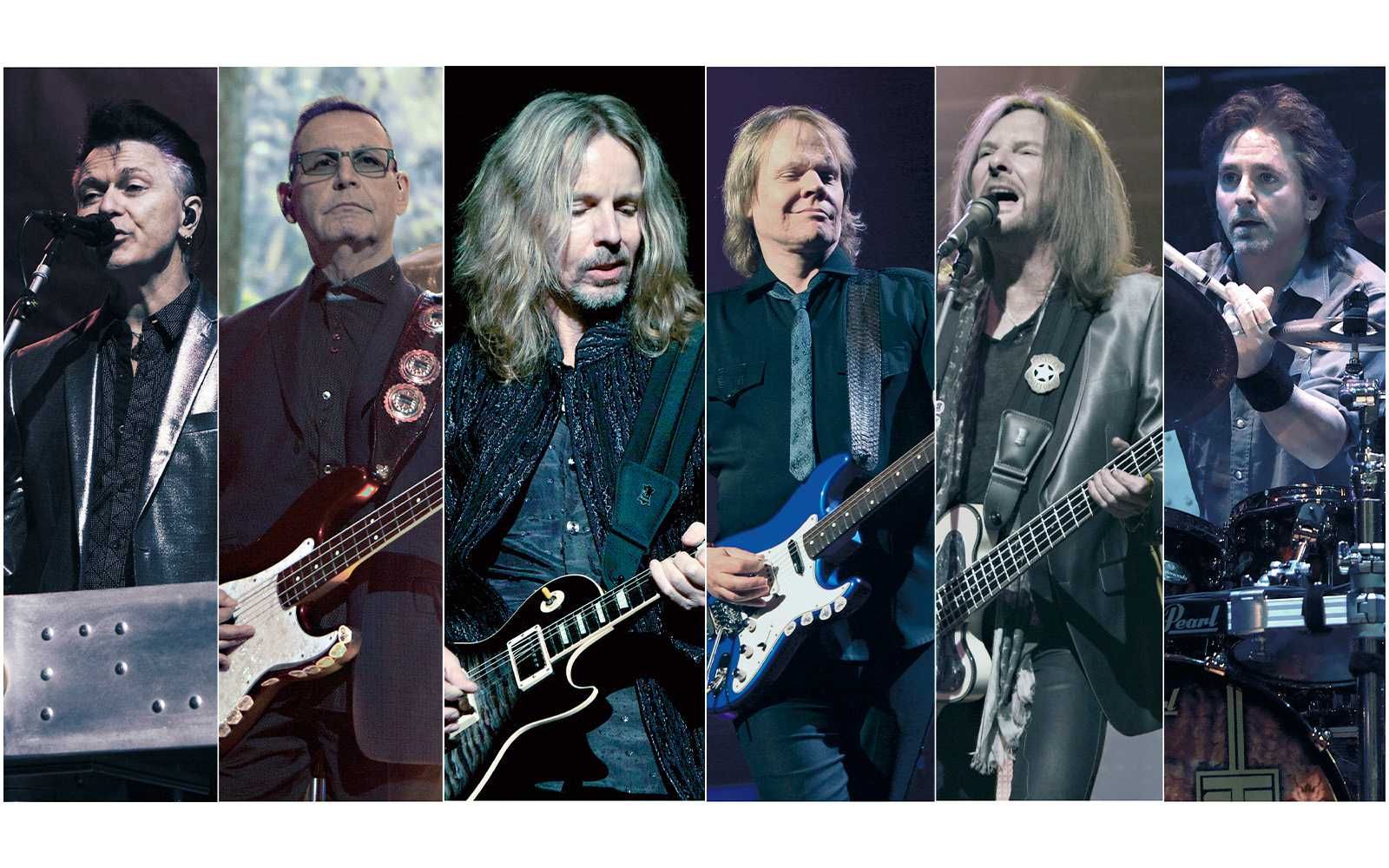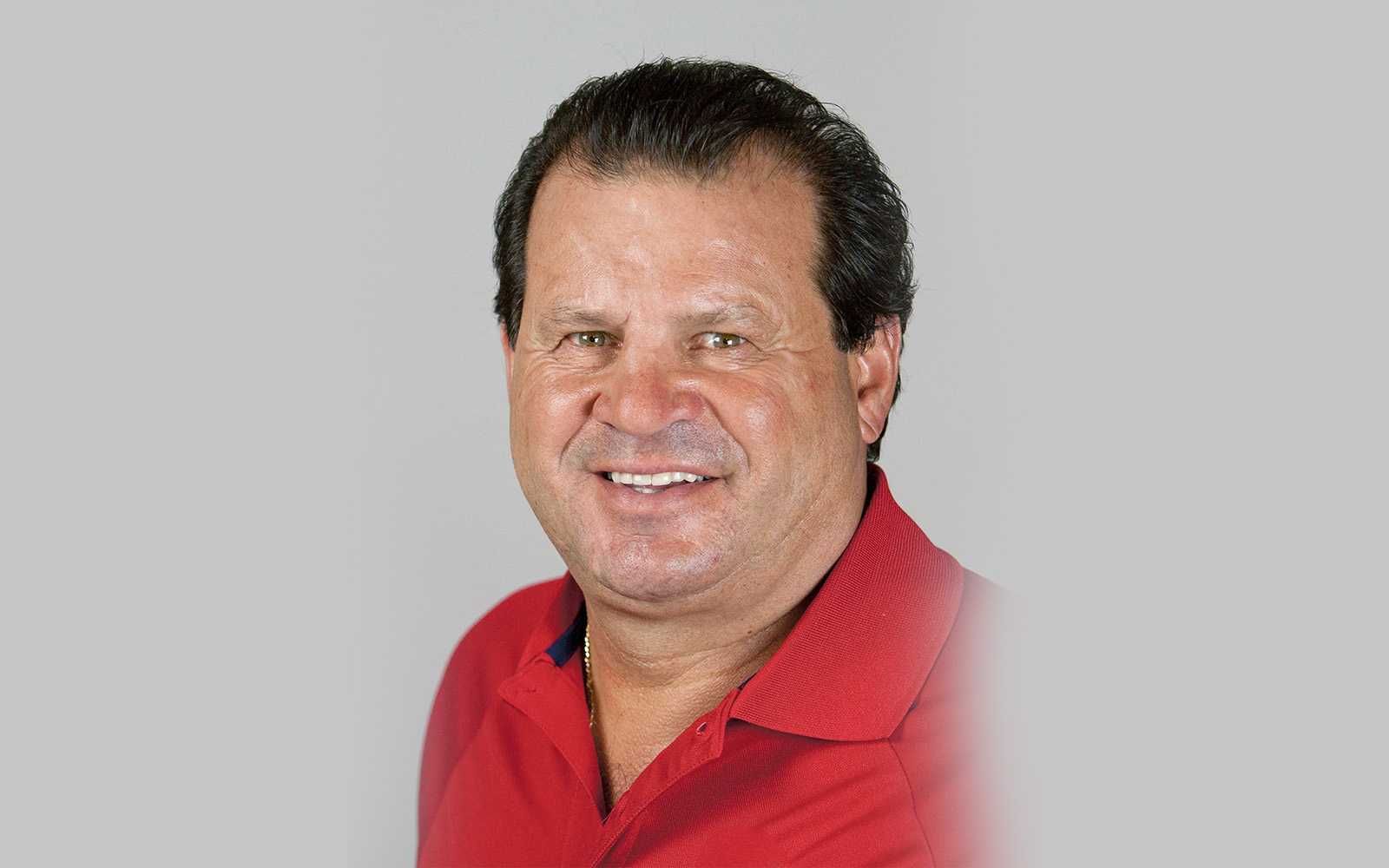The plane crash that killed Buddy Holly, Richie Valens, and the Big Bopper happened 61 years ago, about 12 years before the tragedy was given its name, “The Day the Music Died,” in the song “American Pie.”
Over the years their deaths took on a larger mystique than their lives and even their music.
But Winter Dance Party, a show which hits the Niswonger Performing Arts Center on Feb. 1, puts the focus on the trio as musicians in a rollicking performance featuring songs that have withstood the test of time.
A recreation of that final tour — and officially sanctioned by the musicians’ respective estates — Winter Dance Party is a trip back to those early days of rock n’ roll, a time when a new way of playing and performing music was taking off and inspiring the next wave of performers, many of whom were living in England and on the cusp of their own musical invasion.
Early rock pioneers
Holly, born and raised in Lubbock, Texas, grew up in a musical family and found his influences in the country, gospel, and R&B which he heard growing up.
His list of hits included “Peggy Sue,” “That’ll Be the Day,” “It’s So Easy,” “Oh Boy,” and “Everyday.” Many of those songs have since been hits for performers like Linda Ronstadt and James Taylor. Paul McCartney has often sung Holly’s praises and cites him as a significant influence in his musical development.
Holly performed on The Ed Sullivan Show and toured internationally. His career was like a rocket ship, and his level of success and the sheer volume of hits he left behind makes it easy to forget that he was only 22 when he died.
Richie Valens grew up in California and was influenced by mariachi music and classic flamenco guitar but also heard R&B and the blues, all of which informed his sound.
By the mid-1950s, Valens was developing his own sound, adapting traditional Mexican music to incorporate the new rock rhythms and finding his own voice through his guitar. He scored hits with “La Bamba” and “Donna” and was well on his way to a huge career when he died at the age of 17.
Holly’s life was memorialized in The Buddy Holly Story starring Gary Busey, and Valens’ in La Bamba, which made a star of Lou Diamond Phillips.
The Big Bopper has been somewhat less remembered, chiefly recalled as the third performer killed in the crash, which also took the life of the plane’s pilot. Many might not even know his real name, J.P. Richardson.
But his song “Chantilly Lace” remains a huge hit of the era and was included along with other ’50s classics in George Lucas’s American Graffiti soundtrack.
Somewhat older than his touring partners, Richardson served in the Army and was first known as a radio announcer and disk jockey, not surprising given his deep and commanding voice used to great effect when he began recording. Although the senior member of the trio, Richardson was only 28 when he died.
Enjoy the songs of the ’50s
Winter Dance Party allows audiences who may have only a passing knowledge of the three performers and their music to enjoy the great songs and tremendous energy with which they performed it.
Three young men in the prime of life and career, all were known to be gifted on the stage, and their Winter Dance Party tour advertised what they planned to offer those who came to see them play.
Similarly, the Winter Dance Party show is no requiem but rather a celebration of their lives and work. First performed in 1999 as a nod to the 20th anniversary of the plane crash, Winter Dance Party has continued to tour the country for more than 20 years.
Honoring the legacy
John Mueller, who won acclaim on Broadway and in London with the stage version of The Buddy Holly Story, began the project as a way to continue to build Holly’s legacy. Joining him are Linwood Sasser as the Big Bopper and Ray Anthony as Ritchie Valens.
Mueller, now in his late 50s, has performed as Buddy Holly longer than anyone else — including Buddy Holly. He calls his performance an “interpretation” more than an “impersonation,” and his act has been approved by Holly’s widow and his brothers as well as many musicians who had performed with Holly during his brief career.
He explained in a 2007 interview why he continues to tour with the show and why it’s important to him to spread the music of Holly, as well as Valens and Richardson, to new generations.
“I always had such utmost respect for what Buddy did and for his legacy,” Mueller said, “so I have always tried to honor him with each performance. I’ve always been very careful to make sure it wasn’t like a caricature or something cheesy. I always wanted to be as authentic as possible, while paying homage to what he did.”




